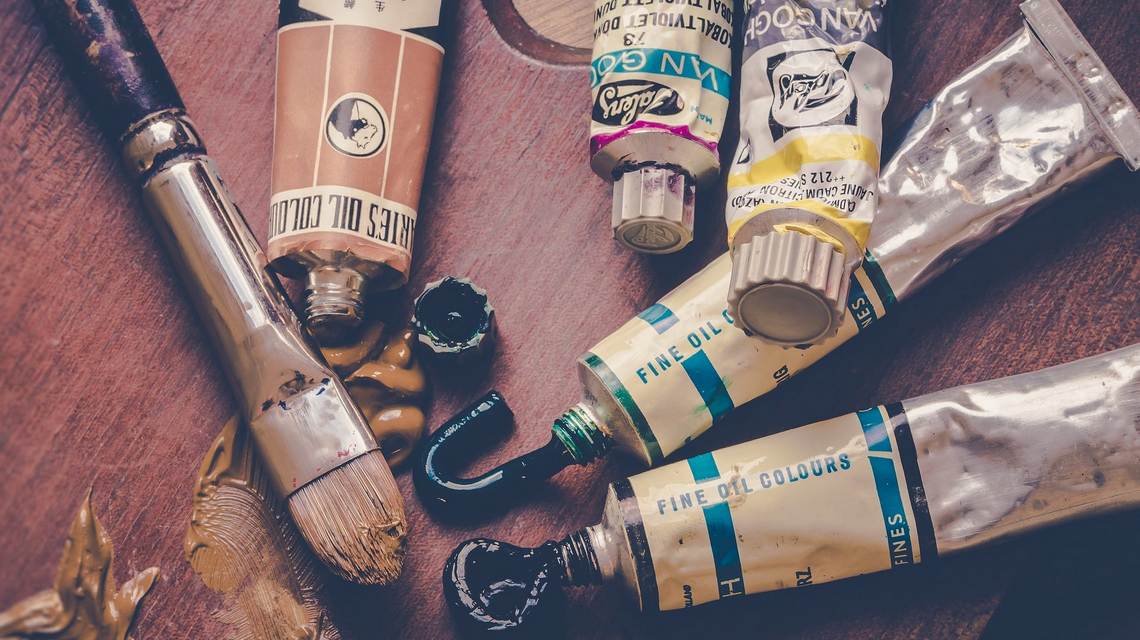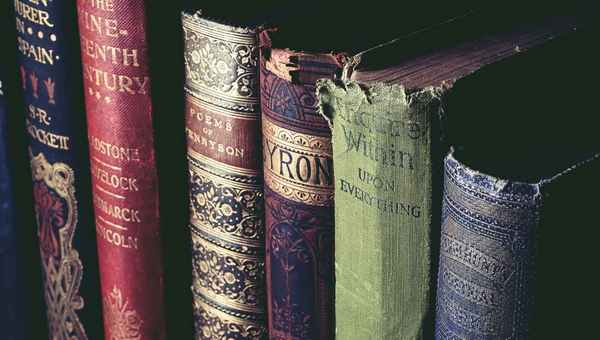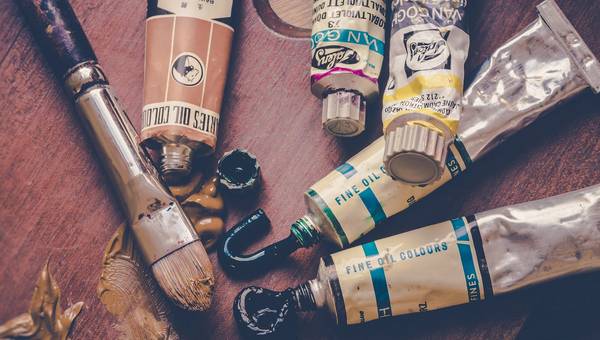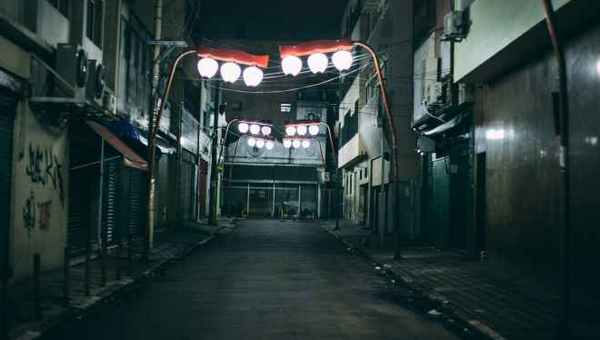The Unexpected Detail: a trick to make your descriptions stand out

Many authors in my writing community say they have problems with setting and descriptions.
That they forget to mention it; that their characters’ actions take place in empty spaces until the authors force themselves to add a few lines of description; or that they struggle to make it dynamic, relevant and interesting.
Description is one of the things I find easy in writing. Thinking about setting comes naturally to me and, in some cases, helps me get unstuck (more on that in a future post). Perhaps the fact I did some travel blogging in the past has something to do with it, but although it’s something I have to work at, it’s also something that gives me pleasure.
There are a million posts out there with some excellent advice on description (i.e., be specific; zoom in on the details; use all senses; describe setting from the POV of the narrator, and so on), so there’s no need for me to repeat advice you can find everywhere. However, I’d like to share one tip, which I came across in the comment section of an assignment in a Creative Writing MOOC I took years ago. It has stayed with me, and although I’ve forgotten all the relevant details (like, who said it), I decided to add it here, so I can keep track of all the little bits of wisdom I’ve accumulated over the years. This is my nest of shiny things, my very magpie-like collection of writing tips.
This piece of advice is stunning in its simplicity and brilliance: When describing setting, include a detail that’s surprising.
This is how I interpret it:
Say your character visits a bookshop. Sure, there are shelves crammed with books. It’s dark and slightly musty if it’s an old-books shop or brightly-lit and cheerful if it’s a high street chain. Using all senses, you might mention the smell of books or the murmurs of two customers in the next aisle, choosing a book for their child (in my experience, nothing makes a description come alive better than describing sound). You’ll zoom in perhaps, focusing on small details, and will consider how your character views this bookshop, adding some gloom if they’re unhappy or foreboding if something bad is going to happen. This is all fantastic and you’ve probably got a great description in your hands, but it’s all expected; dare I say it, almost predictable. Bookshops have books, bedrooms have beds, forests have trees.
Of course, you’ll mention the books and whatnot, but try to visualise the unexpected detail. The peppermint tea in a World’s Greatest Dad! mug by the till or the poster of Blade Runner behind the counter. A birdcage in a corner with a parrot croaking out Shakespearean insults or a rainbow flag used instead of a curtain. It might be the yellow umbrella someone has forgotten on a wooden bench or a couple of pigeons sitting on the nose of a marble lion statue, like the picture above that I took in Milan.
Besides making descriptions more vivid, there are two more benefits of describing the unexpected detail:
one. It can add to characterisation. If your teenage character describes a friend’s bedroom, the unusual detail (a replica of the Kill Bill sword hanging on a wall? A quick sketch of them by a friend, torn out from the back of a school book and glued over their desk? A tiny pot of cactus on the window sill?) will give the reader a hint of the friend’s personality more clearly than a description of the bed/curtains/wall colour/school books on desk will – which are all objects you’d expect to find in every teenager’s room anyway.
Two. In some cases, it can enhance world building. All large cities have roads and traffic, but what is unique in your world? How are cities different in your universe (if they’re made up) or what is special about the real life city you’re describing? What is the striking detail in your world that makes it your own?
As always with advice, take it or leave it. Perhaps this tip doesn’t help you at all; perhaps you’re already doing it. Give it a try, and if it doesn’t work, let it go. Advice is only valuable when it helps a writer improve their game.
Do you find descriptions hard or easy? What’s the best advice on descriptions that you’ve received? Let me know in the comments!
******
Cat Wolfe is currently devoting her time googling images for Tangiers and flirting with the idea of Ryanairing her way across, all for a few lines of description in one piece of fanfiction. Extravagance? Don’t know her.












